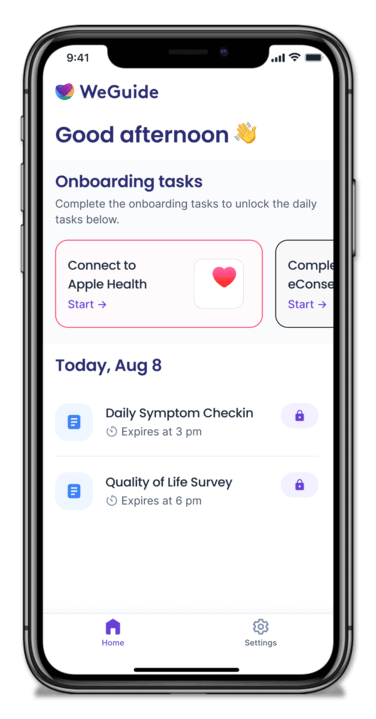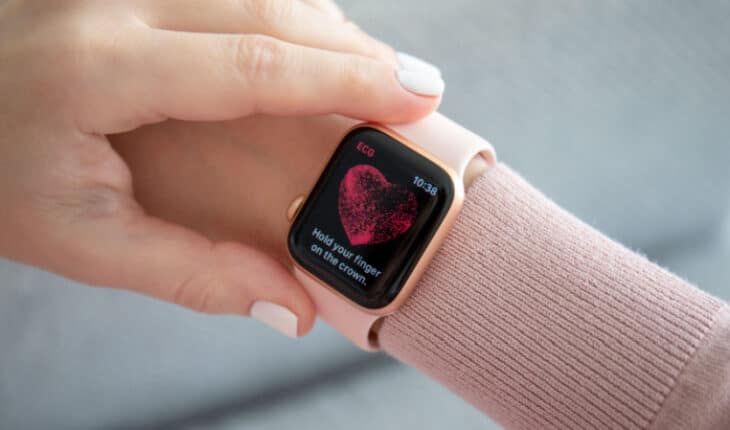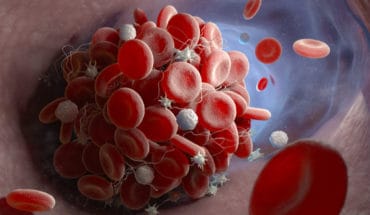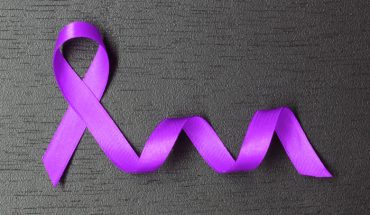Apple Watch monitoring for chemo: Children undergoing chemotherapy could benefit from a new Murdoch Children’s Research Institute trial that aims to use Apple Watches to better understand and prevent heart damage.
The trial, led by Murdoch Children’s researcher Associate Professor Rachel Conyers, will use the Apple Watch Electrocardiogram (ECG) function to monitor damage to children’s hearts during cancer therapy and hopefully help identify possible interventions.
Toxicities in cancer treatment can lead to long-term complications including heart rhythm disturbances, such as prolonged QT syndrome (a disorder that can cause fast, chaotic heartbeats), which can be potentially life-threatening. Prolonged QT creates an irregular heart rhythm, increasing the time needed for blood to flow through the heart.

Because of their susceptibility to long QT, children receiving chemotherapy are routinely screened at least once per week with a 12-lead electrocardiogram. However, outpatients still need access to monitoring.
“At its least severe QT can cause no problem, however, it can lead to completely abnormal ventricle rhythms, which can cause sudden death,” Associate Professor Conyers said.
Children undergoing cancer treatment currently need to have an ECG monitoring of their heart twice a week in a hospital, which is a huge burden on patients and their families.
Hospital-based ECGs cost around $100, so they’re also costly for the health system. If successful, Apple Watch monitoring could not only save time for families but also save the health system money.
Forty children will take part in the trial which will use the ECG function to see if the device can perform monitoring remotely. Associate Professor Conyers and her team will then look for ways for child cancer patients to take their ECGs wherever they are, whenever they’re able.
Murdoch Children’s teamed up with Curve Tomorrow to build an app that extracts data from the watch-based ECG as PDF files. To replicate the 12-lead ECG used in hospital, the watch will be placed in three separate positions on the body – left wrist, right wrist and abdomen – to get a proper reading.
The study will measure whether the Apple Watch gives similar readings to normal ECG and, if it does, a larger trial will be set up with a view to changing medical practice.
Associate Professor Conyers said she hoped the trial would help better understand how cancer treatments cause heart damage and help improve the long-term
- Motherhood: An Intimate Journey - 18th February 2024
- Apple Watch monitoring for chemo - 7th March 2023
- Heat wave by British Pathe - 20th April 2018






